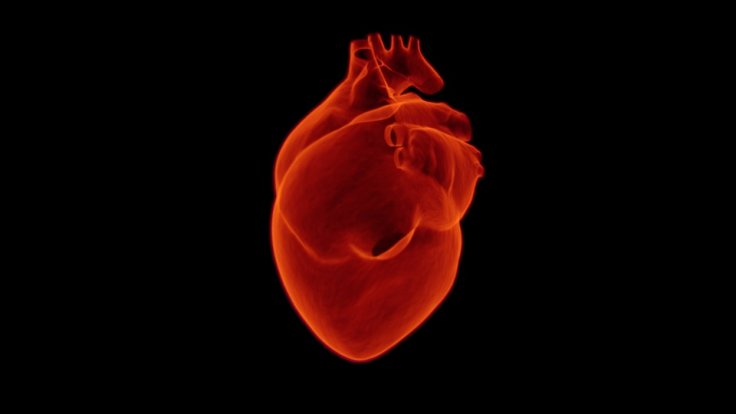Doctors have long warned about the increased risk of heart attacks due to the formation of plaque. In extreme cases of plaque accumulation, surgical intervention may be required to save a life. However, an alternative way of treating the problem may now be available, as a new study claims that researchers have created a nanoparticle that literally eats away plaque from the inside.
Designed by scientists from Michigan State University(MSU) and Stanford University, the 'Trojan Horse' nanoparticle can be instructed to consume debris, thereby reducing and stabilizing plaque formation. This invention may serve as an effective treatment of atherosclerosis—a disease where plaque builds within the arteries—and is a leading cause of heart attacks across the world.
"We found we could stimulate the macrophages to selectively eat dead and dying cells - these inflammatory cells are precursor cells to atherosclerosis - that are part of the cause of heart attacks," said Bryan Smith, co-author of the study, in a statement.
What does the nanoparticle do?

The nanoparticle targets atherosclerotic plaque because of its ability to selectively target a particular type of white blood cells(WBCs)— macrophages and monocytes. Macrophages are a type of WBC that engulf cellular debris and other undesirable cells, while monocytes are WBCs with the ability to transform into macrophages.
Once it is within the macrophages found in the plaque, the nanoparticles deliver a drug agent that triggers a response in the cell that causes it to envelop and consume cellular debris. In other words, it eliminated dead or diseased cells with the plaque core. The stimulation of the macrophages leads to the reduction and stabilization of plaque size.
"We could deliver a small molecule inside the macrophages to tell them to begin eating again," described Smith.
How does the nanoparticle work?

This study focused on the interception of the signals of the receptors found within the macrophages and sending a message through small molecules—molecules with low molecular weight and size which may aid in the regulation biological processes—using nano-immunotherapeutic mechanisms.
As the combination of the two terms suggests, nano-immunotherapy is the use of nanoparticles in immunotherapy. What sets the study apart from previous studies, is its approach. Unlike earlier studies where the action was aimed at the surface of the cells, this study works intracellularly—from within the cell—and has been successful in reinvigorating macrophages.
"We were able to marry a groundbreaking finding in atherosclerosis by our collaborators with the state-of-the-art selectivity and delivery capabilities of our advanced nanomaterial platform. We demonstrated the nanomaterials were able to selectively seek out and deliver a message to the very cells needed," added Smith.
Scope for a wide range of applications in the future
Smith expressed that the scope of the study extends to its application beyond atherosclerosis. According to the associate professor of biomedical engineering at MSU, clinical trials in the future involving the nanoparticle could decrease the risk of most forms of heart attacks, with negligible side effects owing to the extraordinary selectivity that the nano-drug possesses.
"It gives a particular energy to our future work, which will include clinical translation of these nanomaterials using large animal models and human tissue tests. We believe it is better than previous methods," concluded Smith.









